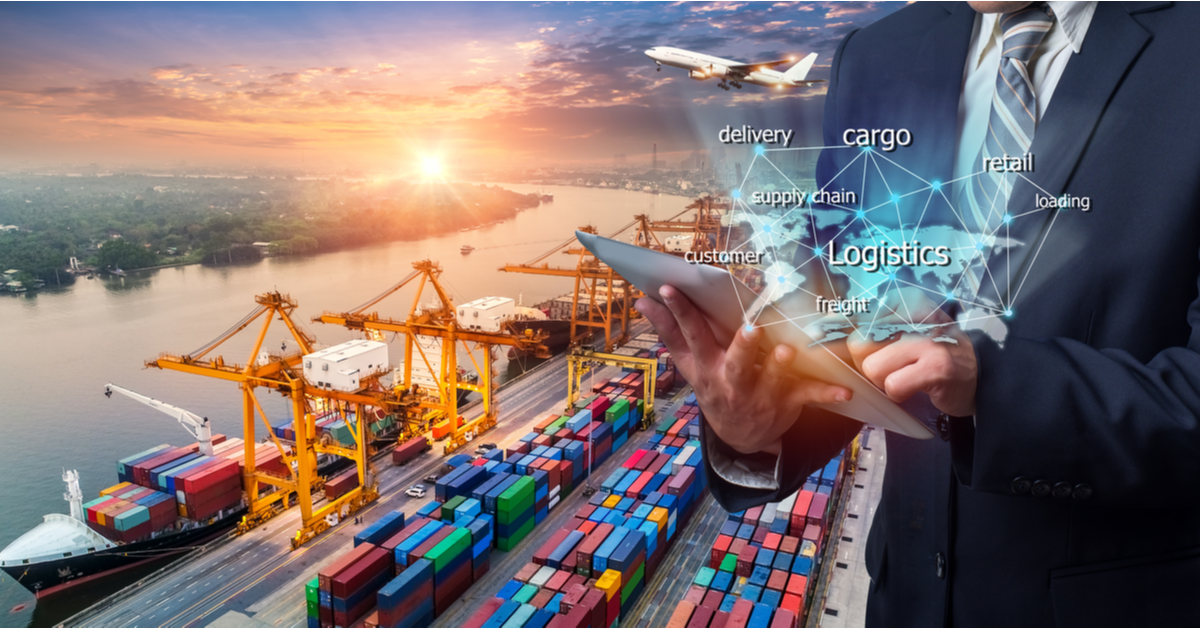AI Digital Workers and AI Employees: Revolutionizing the Modern Workforce:

The advent of AI digital workers and AI employees marks a transformative era in the landscape of the modern workforce. With artificial intelligence (AI) increasingly becoming a staple in various industries, these AI-driven entities are not just tools but collaborators, reshaping how work is performed, managed, and conceptualized. This article delves into the world of Al digital workers exploring their roles, impacts, and the future they portend for the global workforce.
Emergence of AI in the Workforce:
AI’s foray into the workforce is characterized by the development of sophisticated algorithms capable of performing a range of tasks – from mundane administrative duties to complex analytical processes. These AI systems, equipped with machine learning, natural language processing, and cognitive computing capabilities, are redefining traditional job roles and creating new paradigms in employment.
Roles and Capabilities of AI Employees:
AI employees are deployed in various roles, such as customer service chatbots, data analysts, predictive maintenance in manufacturing, and even in decision-making capacities in strategic planning. Their capabilities to process vast amounts of data, learn from patterns, and execute tasks with precision and speed make them invaluable assets in boosting productivity and efficiency.
Impact on Productivity and Employment:
The integration of AI into the workforce has yielded significant productivity gains. Tasks that once took hours can now be completed in minutes, with higher accuracy and lower costs. However, this shift raises concerns about job displacement, as AI systems can potentially replace human roles, particularly in routine and repetitive tasks.
AI and the Changing Nature of Work:
The rise of Al employees is reshaping the nature of work. It’s fostering a new environment where the focus shifts from manual, routine tasks to more strategic, creative, and interpersonal activities. AI empowers human workers to engage in more fulfilling and complex tasks, leveraging their unique human capabilities.
Challenges and Ethical Considerations:
The deployment of AI in the workforce brings several challenges. Key among these is the ethical consideration of AI decision-making, especially in critical areas like healthcare and finance. Ensuring AI systems are unbiased and ethically aligned is crucial. Additionally, the potential for job displacement necessitates strategies for workforce retraining and upskilling.
Reskilling and Upskilling: Adapting to an AI-Driven Workforce:
As AI transforms industries, the demand for new skills emerges. Reskilling and upskilling become vital to prepare the current and future workforce for an AI-driven economy. This includes training in AI management, data interpretation, and developing skills that AI cannot replicate, such as creative thinking, emotional intelligence, and complex problem-solving.
Collaborative Synergy: Humans and AI in Tandem:
The future of work is not about AI replacing humans but creating a collaborative synergy. AI takes on tasks that are algorithmic and data-intensive, while humans focus on areas requiring empathy, moral judgment, and creative thinking. This partnership can lead to higher levels of innovation and problem-solving.
Regulatory Frameworks and AI Governance:
With the increasing presence of AI in the workforce, establishing robust regulatory frameworks and governance structures is essential. These should address issues of privacy, data security, ethical usage, and ensuring fair labor practices. Governments and organizations must collaborate to create standards that guide the responsible use of AI in the workplace.
The Future Outlook for AI in the Workforce:
Looking ahead, AI’s role in the workforce is poised to grow, with advancements in technology leading to even more sophisticated AI applications. This evolution promises not only to enhance operational efficiencies but also to open up new opportunities for human workers to engage in more meaningful, high-value work.
Conclusion:
AI digital workers and AI employees are at the forefront of a significant shift in the global workforce. While they present challenges, they also offer immense opportunities for efficiency, innovation, and the enrichment of human work. The key to successfully integrating AI into the workforce lies in embracing these changes, investing in human capital, and establishing ethical guidelines and regulatory frameworks. As we navigate this new era, the potential for AI and humans to complement and elevate each other’s capabilities in the workplace is both immense and inspiring.




